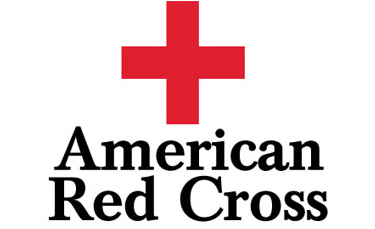SPOKANE, Wash --- After several comments from viewers questioning what percentage of donations go toward disaster relief, KREM set out to verify the answer.
To find out, KREM spoke with Ashley Post, the Senior Development Manager for Charity Navigator. Charity Navigator is the nation’s largest independent charity evaluator. The organization rates 8,500 charities. We also checked with Charity Watch, a watchdog organization for charities that looks into how efficiently a charity uses your donations. Finally, we checked with the Better Business Bureau.
“When we break down their 990, which is the tax form that they're filing with the IRS, based on what they've reported we're breaking up that they're spending 90 cents of every dollar on program expenses," Post explained. "So, that's things that are going straight to what they're delivering and about 10 percent on administrative and fundraising expenses.”
Charity Navigator said they found the breakdown of what the Red Cross spends on programs versus administrative costs is proportionate. Therefore, it said the Red Cross meets the requirement for a charity they would recommend.
Charity Navigator has a four-star rating system. It gave the American Red Cross three out of four stars. Three stars means the organization is meeting industry standards. Four stars means the organization is exceeding industry standards.
Charity Navigator recommends three and four-star organizations as good ones to donate to. So, the Red Cross is a recommended charity according to Charity Navigator.
You can also compare charities similar in size to the Red Cross on Charity Navigator’s website, so we looked to see how some of those stack up against the Red Cross.
The first one we looked at was Americares, a non-profit disaster relief organization. Americares received four stars. It got a higher score than the Red Cross because of higher scores for accountability and transparency metrics and financial performance metrics.
Two other organizations we compared were All Hands Volunteers and Disaster Relief. Both received four stars as well based on higher scores for accountability and transparency metrics and financial performance metrics.
Therefore, we did find charities with higher ratings than the Red Cross, but Charity Navigator still recommends the Red Cross because the organizations uses donations efficiently.
“Based on our standards and our methodology they've met the criteria to get that three out of four-star rating, and so we would definitely recommend donating to them,” Post said.
Charity Watch gives charities a letter rating instead of a star rating. They gave the American Red Cross a B+. They said this rating was calculated after an in-depth analysis of the Red Cross’ financial documents.
Charity Watch found the Red Cross spent 89% of its expenses on charitable programs. The remaining 11% was spent on overhead, which includes fundraising, management, and general.
It also looked at how much the Red Cross has to spend to raise $100. It found it costs the Red Cross $30 to raise $100.
Charity Watch said they consider a charity to be highly efficient when it spends 75% or more of their expenses on programs, and the cost to raise $100 is $25 or less.
The Red Cross spends 89% of its expenses on programs, so it passes that test. However, it costs $30 to raise $100, so the Red Cross does not quite meet that requirement, which is why it was given a B+ rating.
The Better Business Bureau lists the Red Cross as an accredited charity that meets standards.
Therefore, by using three different watchdog organizations, we can verify that the Red Cross is a good charity for your donations.


